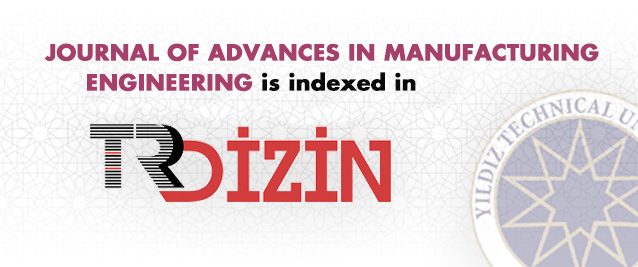22Department of Mechanical Engineering, Abdullah Gül University, Kayseri, Türkiye
Abstract
Many engineering applications and industries require components to be lightweight while still maintaining strong mechanical properties. Polylactic acid (PLA) is widely used in additive manufacturing due to its biodegradability, ease of printing, and favourable mechanical characteristics, making it an indemand material for various applications. Understanding the influence of strain rate on the tensile properties of PLA is crucial, as it directly affects the material's performance under different loading conditions. This research investigates the influence of strain rate on the tensile properties of PLA material fabricated through fused deposition modeling (FDM) using Type V ASTM D638 – 14 specimens. Three distinct strain rates (0.8 mm/min, 2 mm/min, and 20 mm/min) are considered, and Digital Image Correlation (DIC) is employed for ultimate tensile strain analysis. The methodology involves CAD modeling, 3D printing, surface preparation, and tensile testing, with DIC analysis performed using the Ncorr application. Results indicate a linear increase in tensile strength with higher strain rates as the tensile strength increased by 30% from 40.41 MPa at 0.8 mm/min to 52.62 MPa at 20 mm/min. Additionally, Elastic modulus increases with increasing strain rate, rising by approximately 43.5%, from 1.54 GPa at 0.8 mm/min to 2.21 GPa at 20 mm/min. This research contributes valuable insights into the dynamic behavior of FDM-printed PLA under different strain rates, offering implications for material performance in applications requiring diverse loading conditions.














